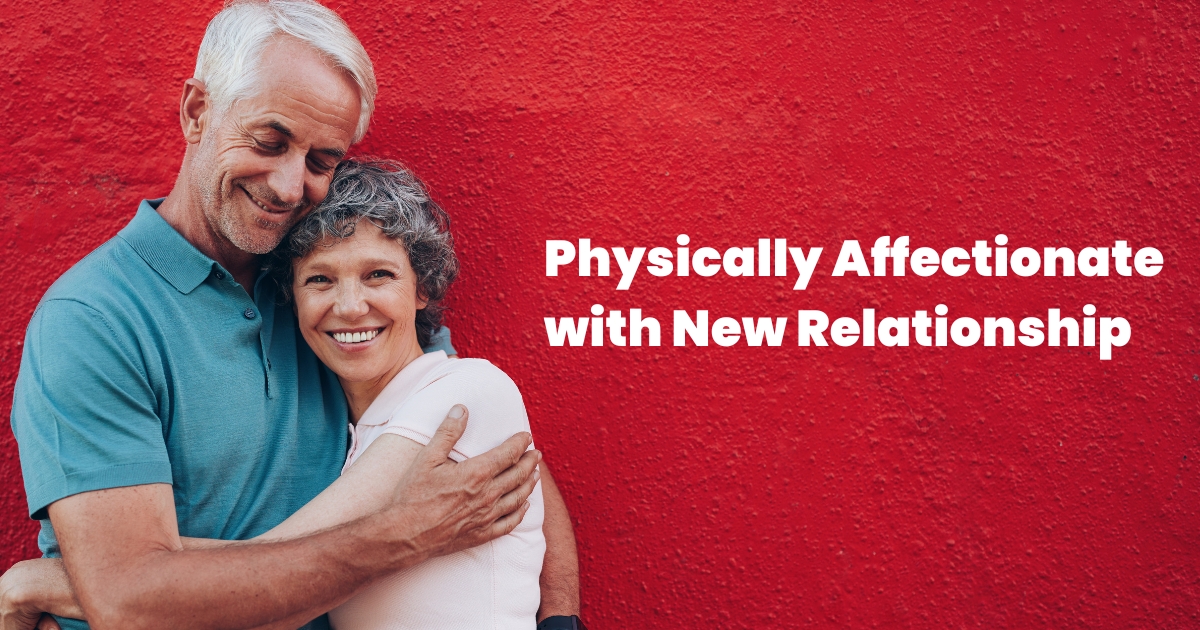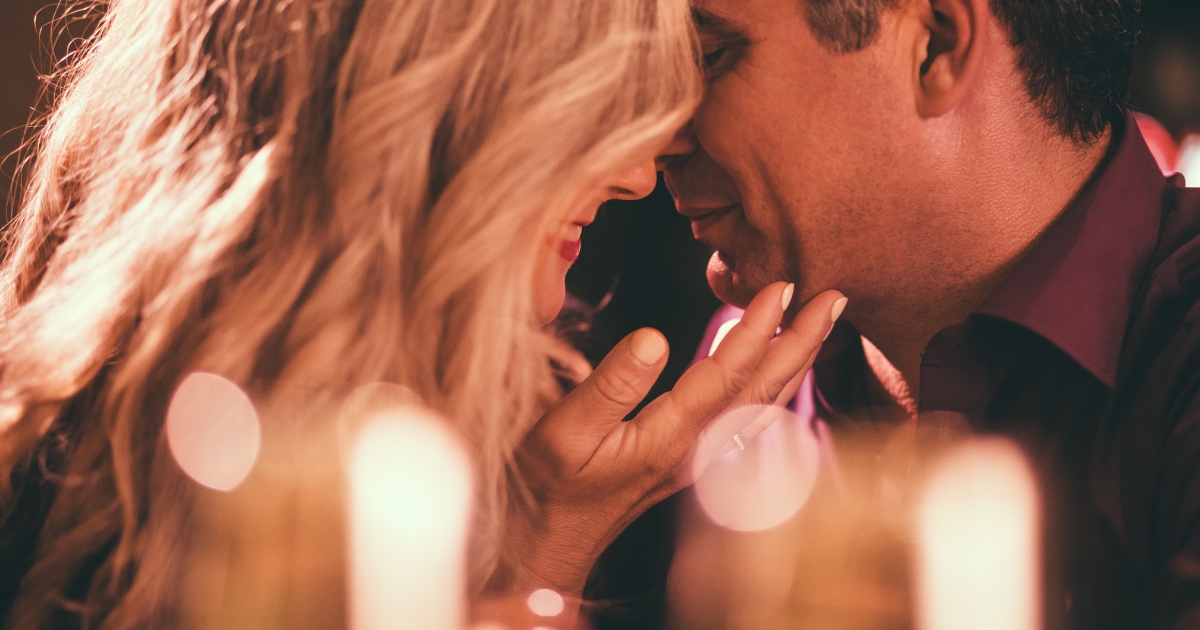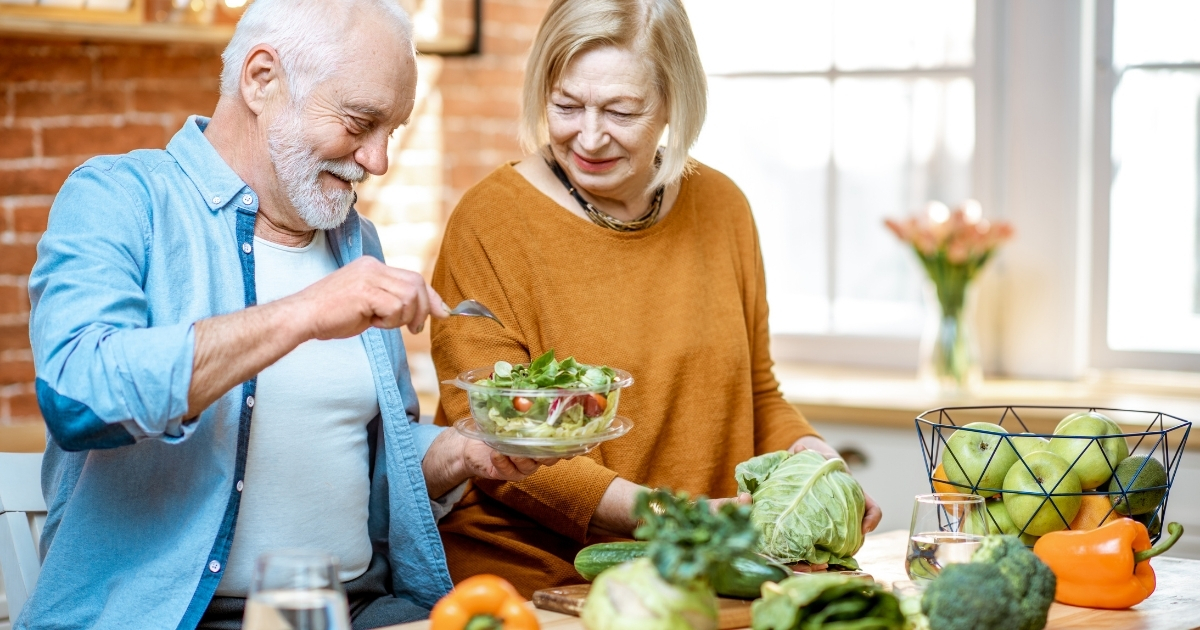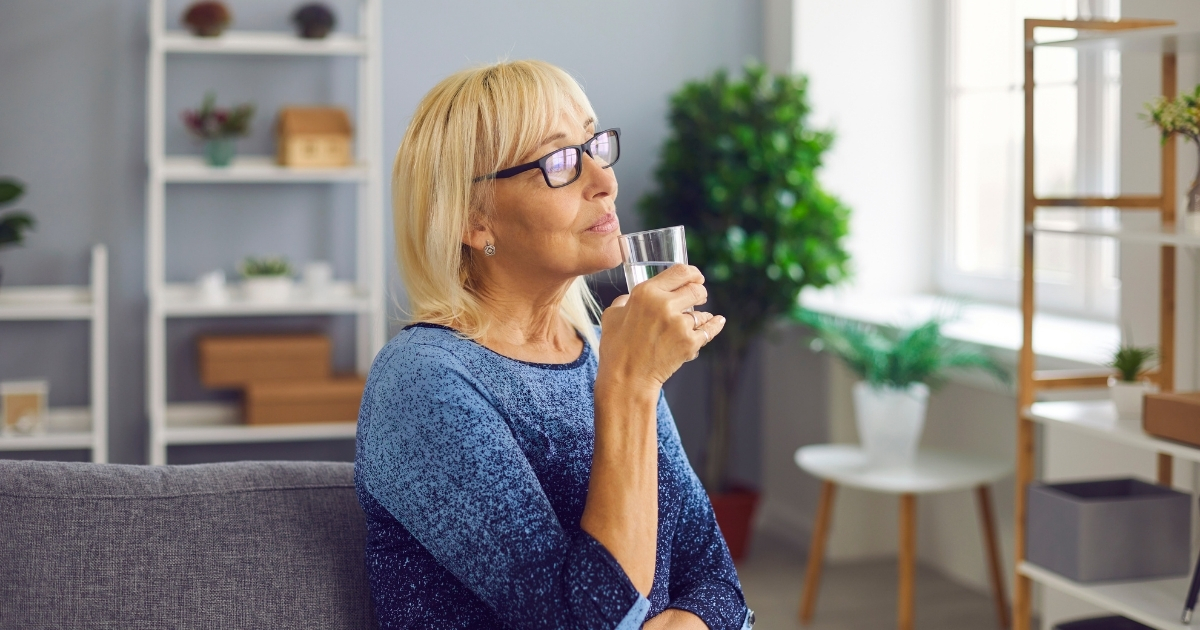
How To Be More Physically Affectionate In Your New Relationship
Building a new relationship is an exciting chapter in life, but for many mature singles, navigating physical affection in relationships can feel a bit daunting. Whether it’s been years since you last dated or you’re stepping into new territory, showing affection can sometimes stir up nerves or uncertainty. However, physical affection plays a crucial role in building intimacy in dating, fostering trust, and deepening your connection with a partner.
If you’re wondering how to ease into physical affection in a way that feels natural and comfortable for both you and your partner, you’re not alone. Here, we’ll explore practical tips and techniques to help you rediscover how to show affection in a new relationship. With a blend of patience, communication, and a few gradual steps, you’ll feel more confident and ready to bring warmth and connection into your partnership.
Start Small and Build Gradually
When you’re new to a relationship, it’s best to ease into physical affection rather than jump straight into grand gestures. Research shows that small, consistent touches can greatly increase feelings of closeness in couples, regardless of age. For instance, holding hands or giving a gentle touch on the arm can pave the way for a deeper connection over time.
Here are a few simple ways to start small:
- Hold hands while walking or sitting.
- Offer a warm hug as a greeting or goodbye.
- Lightly touch your partner’s arm during a conversation.
- Smile and make eye contact to signal openness and comfort.
The key is to pace yourself and remain in tune with your partner’s comfort levels. Small actions repeated consistently can help set the tone for affection that feels natural and enjoyable for both of you.
Communicate Your Comfort Levels and Preferences
Clear communication is essential when exploring physical affection in relationships. Not all gestures feel comfortable for everyone, and it’s okay to express your boundaries or preferences without hesitation. Communicating early on ensures mutual understanding, which creates a sense of emotional safety in your budding relationship.
Consider having a conversation like this:
- “I love holding hands—it feels like such a simple way to connect. How do you feel about that?”
- “Physical affection is important to me, but I prefer to take things step by step. What about you?”
By being upfront and honest, you open the door to deeper trust. Remember, everyone moves at their own pace, so work together to establish what feels right for both of you. Transparent discussions not only strengthen understanding but also reduce awkwardness and build intimacy in dating.
Pay Attention to Nonverbal Cues
Body language often says more than words, especially when it comes to physical affection. Learning how to interpret and respond to your partner’s nonverbal signals can help both of you feel more at ease.
Be mindful of cues such as:
- Leaning in during conversation: This can signal a desire for closeness or connection.
- Relaxed body language: Open and relaxed posture often means your partner feels comfortable.
- Smiling or making eye contact: These are generally positive signals that indicate interest.
Equally important is being aware of signs that they may need space, such as crossed arms, avoidance of touch, or stepping back slightly. By tuning in and responding to these cues with empathy, you show affection in a new relationship in a way that respects your partner’s feelings.
Add Affection to Everyday Moments
Practicing affection doesn’t have to feel forced or formal. Building it into everyday interactions can make the process smoother and more natural. A recent survey revealed that couples who share regular physical touch throughout the day report higher levels of satisfaction and connection.
Here are subtle ways to incorporate affection into your daily routines:
- A quick kiss on the cheek when saying goodbye.
- A gentle touch on their back as you walk past.
- Snuggling during a movie night.
- A playful poke or nudge to share a lighthearted moment.
These effortless gestures can go a long way in normalizing physical affection in relationships and making it feel like a routine part of your connection.
Be Patient with Yourself and Your Partner
Reintegrating physical affection into your life comes with its challenges—whether it’s overcoming nerves or navigating your partner’s comfort zone. The process may feel awkward initially, but it’s important to remind yourself that both you and your partner are learning and adjusting together.
Here’s how to foster patience during this phase:
- Focus on progress, not perfection: Celebrate small milestones, like your first hug or kiss, instead of fixating on getting it “right.”
- Understand the emotional side: Physical affection often stems from emotional intimacy. Take time to bond emotionally before focusing exclusively on physical connection.
- Reassure your partner: If your partner appears hesitant or unsure, remind them that you’re in this together and there’s no pressure.
It’s okay to take your time. With practice and understanding, physical affection will start feeling more natural and enjoyable as your bond deepens.

Why Physical Affection Matters in Relationships
Physical affection does more than provide moments of closeness—it has real benefits for emotional and physical health. Studies show that couples who express physical affection regularly experience reduced stress levels, better communication, and stronger emotional trust. Simple acts, such as holding hands, increase the release of oxytocin, also known as the “love hormone.” This promotes feelings of happiness and connection, which can elevate your relationship from good to great.
For mature singles, this practice is an opportunity to create a deeper sense of companionship. It’s not about grand, sweeping gestures; it’s the little, heartwarming ones that matter most.
Rekindle Connection Through Physical Affection
Physical affection in relationships is a powerful tool for creating connection, building intimacy in dating, and fostering trust. By starting small, communicating openly, paying attention to nonverbal cues, and incorporating affection into day-to-day moments, you’ll lay the groundwork for a more fulfilling relationship.
Remember to stay patient with yourself and your partner as you take these steps forward. Rediscovering physical affection can be both exciting and rewarding, no matter how long it’s been. It’s never too late to enjoy the enriching impact of warm hugs, gentle touches, or shared laughter with someone special.
If you’re ready to explore more tips and advice on love and dating, Mature Singles Finding Love is here to support you every step of the way. After all, the best relationships aren’t about timelines—they’re about the quality of the connection you build together.











